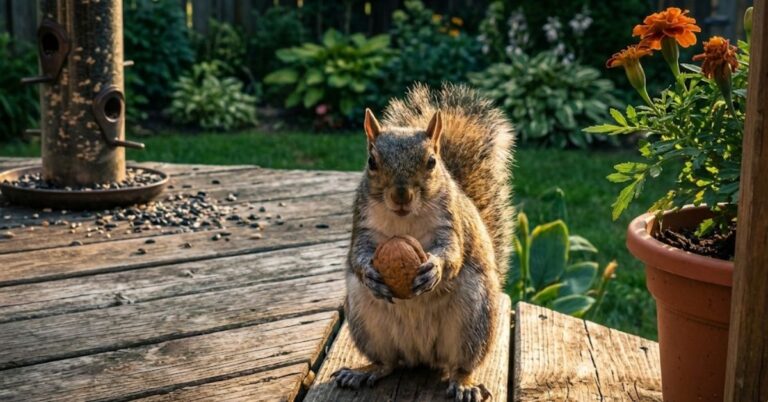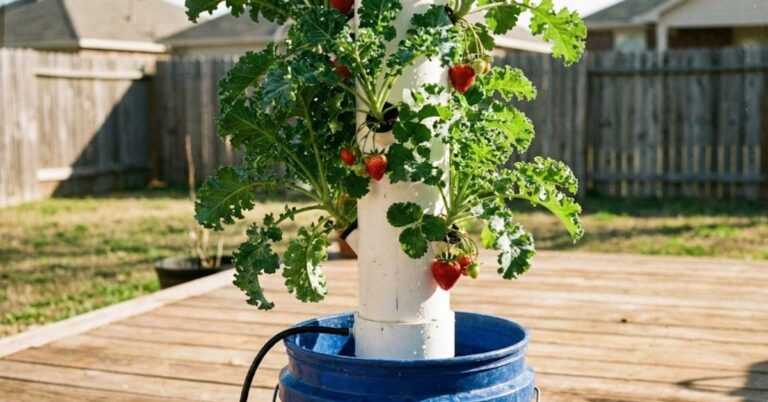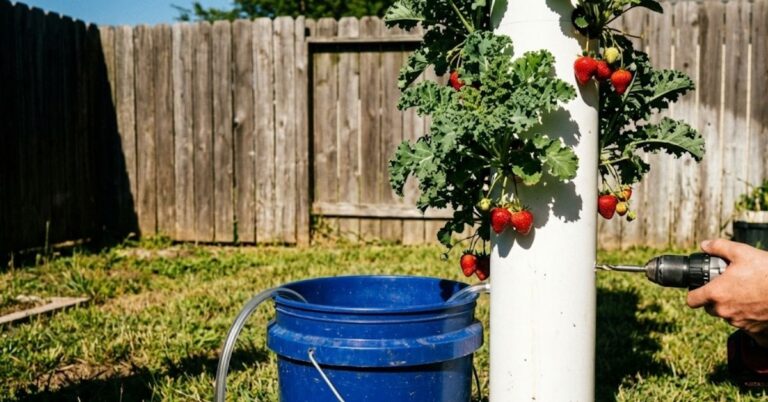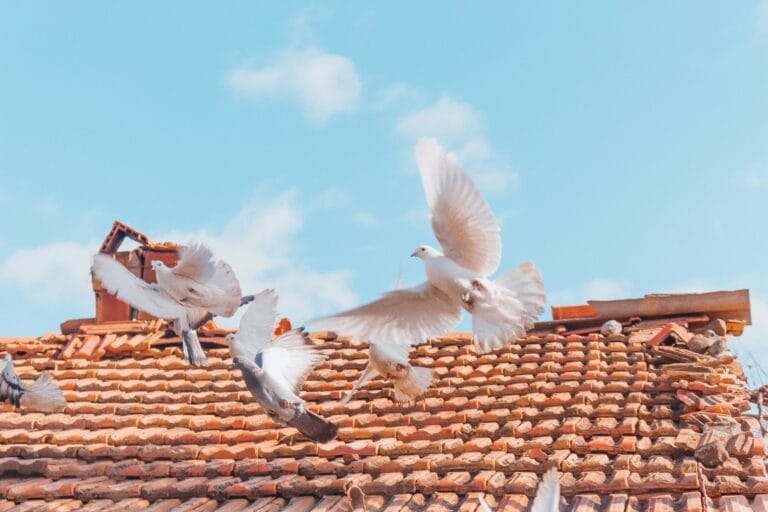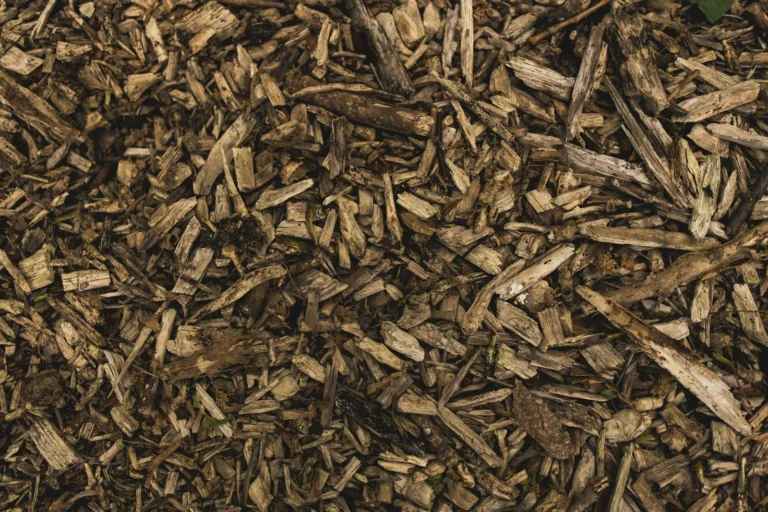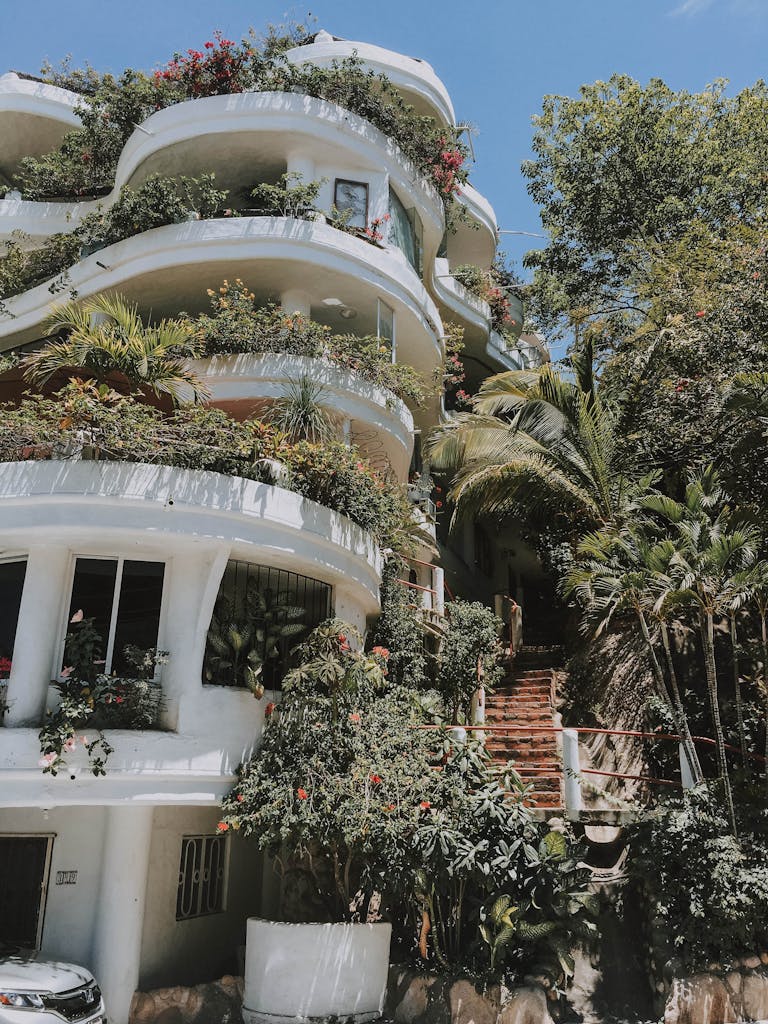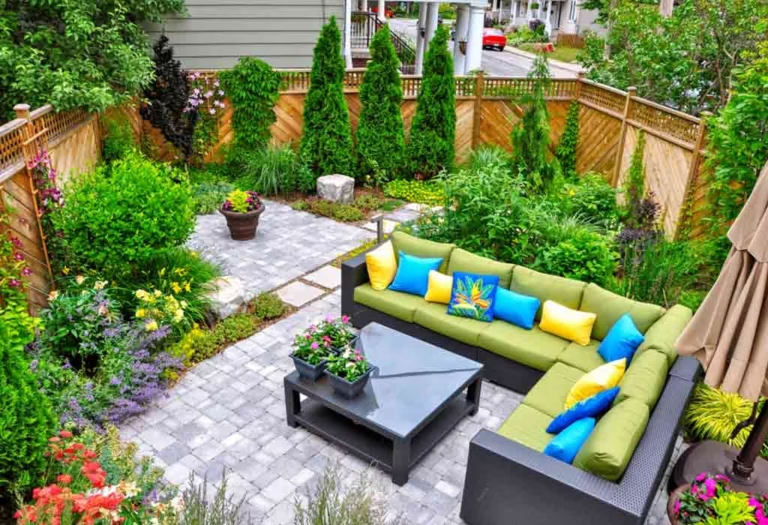Front Yard Landscaping with Native Plants: A Sustainable Guide
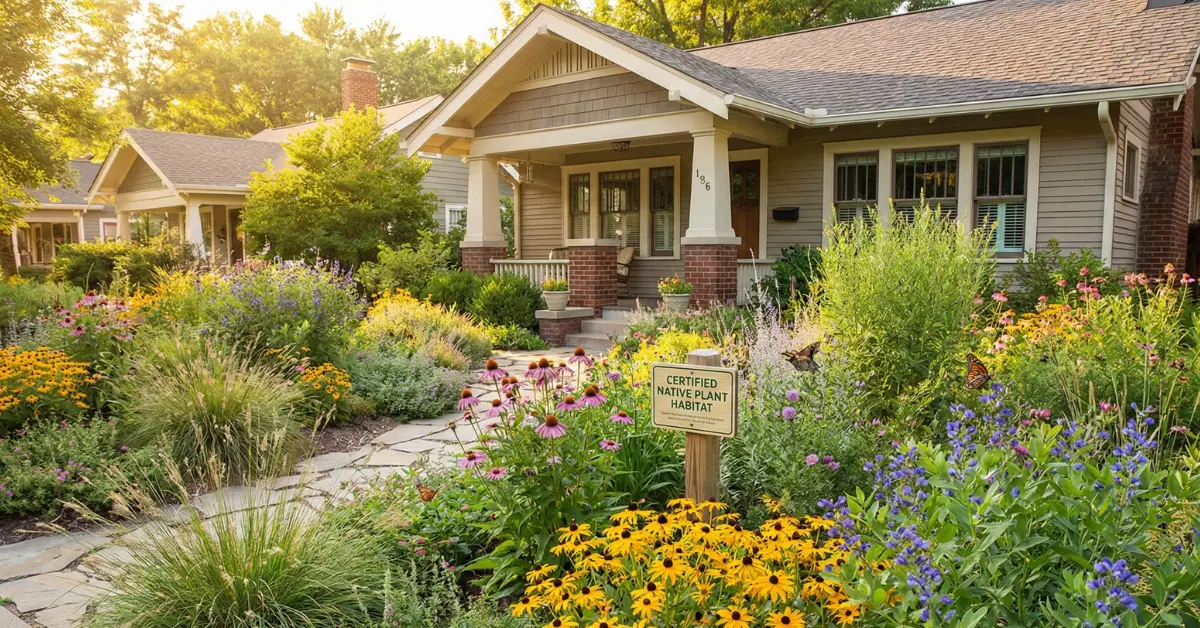
Quick Summary: Front yard landscaping is your canvas to make a strong first impression. By using native plants, you reduce maintenance, save water, and support local ecosystems in regions like the USA, Canada, Australia, and the UK.
More homeowners are realizing the benefits of using native plants in their landscaping, not only for their aesthetic appeal but for their positive impact on local ecosystems. In this article, we’ll explore the idea of front yard landscaping with native plants, revealing the unique charm and ecological advantages of this sustainable approach.
The Beauty and Science of Native Plants
Native plants are flora that have evolved naturally in a specific region over thousands of years. By incorporating native plants into your front yard landscaping, you’re essentially showcasing the beauty that has been crafted by nature itself.
These plants have adapted to local weather patterns and pests. However, success starts from the ground up. Before planting, it is crucial to understand your ground conditions. You can check your specific amendments requirements by using a soil calculator to ensure your native species thrive.
Sustainability and Biodiversity
One of the key advantages of using native plants in your front yard landscaping is their environmental friendliness. Native plants require minimal water and chemical inputs, as they have already adapted to the local environment. This reduces your water usage and eliminates the need for harmful pesticides, fostering a more sustainable landscape.
Moreover, native plants support local wildlife, offering food and habitat for insects, birds, and small mammals. By planting them, you contribute to the ecosystem’s biodiversity.
Plant Spotlight: Black-Eyed Susan (Rudbeckia)
Note: The following description applies to popular native perennials like the Black-Eyed Susan, common in North American landscapes.
Basic Description
This plant is easy to grow and grows fast to give a bright show of color, but is rather short-lived. It will self-seed after blooming to give another display later in the year. Flowers appear mid-spring through summer, featuring large yellow flowers with dark brown centers.
Establishment and Care Instructions
- Soil: Grows in almost any soil type except wet areas.
- Propagation: Self-seeds in open ground abundantly.
- Maintenance: Spent flower heads can be removed to encourage more flowers later in the season.
- Uses: Yellow dye can be made from the plant. Tea made from leaves is used in folk medicines for colds.
Native vs. Traditional Landscaping Comparison
When deciding between a traditional lawn and a native landscape, consider the following environmental and maintenance factors:
| Feature | Native Plants | Traditional Lawn (Non-Native) |
|---|---|---|
| Water Usage | Low (Adapted to local rain) | High (Requires frequent irrigation) |
| Maintenance | Low (Less mowing/fertilizing) | High (Mowing, edging, aerating) |
| Biodiversity | High (Supports pollinators) | Low (Monoculture) |
| Hardiness | High (Resistant to local pests) | Low (Prone to disease/pests) |
Designing Your Landscape: A Step-by-Step Guide
Simple landscape designs using native plants can reduce the amount of lawn to maintain and produce climate-resilient, diverse landscapes in townhome and single-family home communities.
1. Site Analysis and Hardscaping
Heat and light reflecting off hard surfaces can increase the perceived amount of sun. If you are redesigning your driveway or adding a new patio to complement your garden, accuracy is key. You should always estimate your materials precisely using a concrete calculator to avoid waste and ensure your hardscaping supports your planting zones.
2. Understanding Light Requirements
- Full Sun: Six or more hours of direct, unobstructed sunlight.
- Full Shade: Three or fewer hours of sunlight a day.
- Partial Sun/Shade: The middle range. Note that gardening is not an exact science; accept that some plants may need to be replaced over time.
3. Phased Implementation
The designs can be implemented over time. Begin by removing or relocating existing plants that are showing signs of stress. The area closest to structures should be planted in the first phase to reduce soil compaction.
4. HOAs and Local Rules
If you have concerns about landscaping rules imposed by your HOA, check your local regulations (e.g., Maryland General Assembly in the US, or local council rules in the UK/Australia). Many regions now prohibit property managers from putting unreasonable limitations on low-impact landscaping such as xeriscaping.
How To Use Native Plants In All Landscape Styles
Small Spaces: The “Layering” Technique
Landscapes that lack in size don’t have to lack in display! When planning your layout, be sure to start with tall plants in the back and work your way to short as you approach the front.
- Tall (Back): Little Bluestem Grass (Schizachyrium scoparium) and Big Bluestem Grass.
- Medium (Center): Sky Blue Aster (Symphyotrichum oolentangiense) and Showy Goldenrod.
- Short (Front): Little Goldstar Black Eyed Susan.
Large Landscapes and Water Features
Front yards, meadows, and prairies offer vast space to work with. It is almost easier to plant natives in large landscapes rather than small ones. These areas are also perfect for integrating water features. If you are planning to install a pond or swimming pool amidst your native garden, ensure you manage your water capacity effectively by using a pool volume calculator.
Care and Maintenance
Although native plants are low-maintenance, they still require some care, especially in the early stages. Water them until they establish themselves.
The Importance of Mulching: To control weeds and retain moisture, applying the correct amount of mulch is essential. You can determine exactly how much you need for your specific square footage with a mulch calculator. This ensures you don’t smother the plants while keeping the roots cool.
In the early stages of growth, keep the soil moist. From then on, enjoy the view of vibrant shades of color and watch the visiting of several species of wildlife from the comfort of your home.

